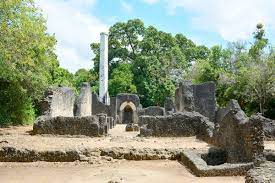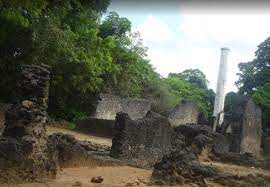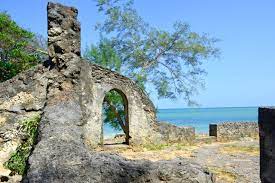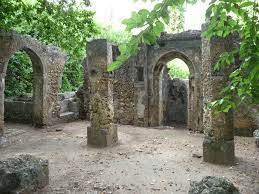Mnarani Ruins
View video
4 photos
Duration
4 Hours
Max People
50
Min Age
2+
Pickup
Airpot
Overview
Near the Kenyan coastal town of Kilifi lies the Mnarani Ruins, which are an archaeological site. The Swahili civilisation that predominated in the area centuries ago can be better understood thanks to the historical and cultural relevance of these ruins.
Tour Highlights
- Historical Significance: The Mnarani Ruins, which date back to the 14th century, are the remains of a Swahili settlement that existed at that time. On the coast of East Africa, the location is thought to have served as a significant trading hub.
- Architecture and Design: The ruins include stone buildings and architectural components, such as mosques, homes, and tombs. The beautifully carved coral stones, ornamental elements, and arches that distinguish the Swahili architectural style are all present in these constructions.
- Pillar Tombs: The presence of pillar tombs is one among the Mnarani Ruins’ key attractions. These large, thin stone pillars stand at the resting places of significant Swahili figures. The sculptures and inscriptions on the pillar tombs provide a window into the lives and identities of individuals interred there.
- Historical Interpretation: Visitors can learn fascinating details about the history of the Mnarani Ruins, the Swahili civilization, and the significance of numerous monuments during guided tours of the site. In-depth interpreters explain the meaning of the ruins and explain the site’s cultural and historical context.
- Scenic Setting: The Mnarani Ruins are located in a scenic area with views of the Indian Ocean, baobab trees, and lush flora. Your visit will be relaxing and peaceful thanks to the beautiful and serene surroundings.
Included/Excluded
- Specialized bilingual guide
- Private Transport
- Entrance fees (Cable and car and Moon Valley)
- Box lunch water, banana apple and chocolate
- Departure Taxes
- Entry Fees
- 5 Star Accommodation
- Airport Transfers
Tour Plan
First hour
Departure
Ornare proin neque tempus cubilia cubilia blandit netus.
Maecenas massa. Fermentum.
- Pretium vitae tempus sem enim enim.
Tempus, leo, taciti augue aliquam hendrerit.
Accumsan pharetra eros justo augue posuere felis elit cras montes fames.
Vulputate dictumst egestas etiam dictum varius.
Second hour
The South Coast
- Pretium vitae tempus sem enim enim.
Tempus, leo, taciti augue aliquam hendrerit. - Accumsan pharetra eros justo augue posuere felis elit cras montes fames.
Vulputate dictumst egestas etiam dictum varius. - Ornare proin neque tempus cubilia cubilia blandit netus.
Maecenas massa. Fermentum.
Tour Map
Reviews
There are no reviews yet.
From
$0.00
Booking Form
Enquiry From













